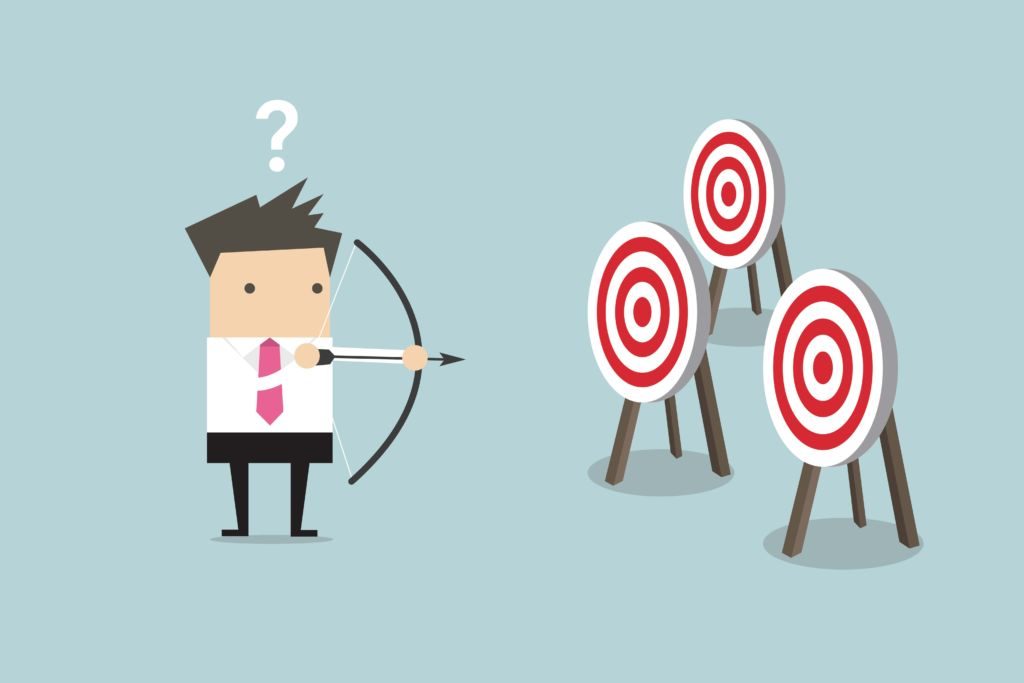Why Learning Goals Lead the Way for Lessons
February 19, 2019 July 25, 2019
I recently heard someone compare Learning Goals to a GPS, and I thought, “Absolutely!” After all, it is the job of a GPS to help us arrive at our destination.
Consider the following scenario… a woman and her husband are on a road trip where he becomes thoroughly lost, and of course, is unable to admit it. In an attempt to help, the wife turns on the GPS in their rental car. Her husband insists that he is not lost and that the GPS is not needed. He knows exactly where they are if she would just trust him. After all, this is not new for him… he is an expert navigator. While her husband is reassuring her, the GPS is all but wailing in the background, “rerouting… rerouting… rerouting…”. The undeniable truth lay between them. He may think he knows where he is going, but the GPS is clearly showing that he needs to take a different route. The happy conclusion, the husband eventually relents and and starts to follow the route laid out for him by the GPS. The consequences of having disregarded it for so long… they arrive very, very late!
What does this analogy mean for us as educators? We need to heed the lesson learned by the husband and make sure that we pay attention to the “GPS!” Learning Goals, like a GPS, are meant to provide a destination, as well as a clear progression for how to reach that destination. Teaching without this clear directional focus is just like driving around aimlessly while being clearly told that we are going in the wrong direction!
How do teachers use Learning Goals to plan effective lesson instruction?
- Learning Goals refer to knowledge and skills students are expected to master in a lesson. Goals may come from one standard, or be parts of many, but they must be integrated into the lesson instruction and taught to mastery.
- Learning Goals must be sequenced into an appropriate learning progression. Marzano describes a learning progression as “stages of understanding that lead to fully developed declarative or procedural objectives” (2013). By sequencing Learning Goals into a logical learning progression, teachers will be able to release learning gradually and ensure that students have quality feedback that will aid them in meeting the expectations of each Learning Goal.
- Learning Goals give clues as to what constitutes mastery. Teachers have to ultimately decide what constitutes mastery for each Learning Goal, but the content and thinking skills are embedded in the language of the goals. Deciding what is acceptable evidence of proficiency helps create clear “destinations” for teachers to plan toward throughout the lesson.
Learning Goals serve as a great accountability measure for us as we plan. How else do you “double check” yourself to ensure you’re planning for the best learning experiences possible? Share your stories of planning success!
